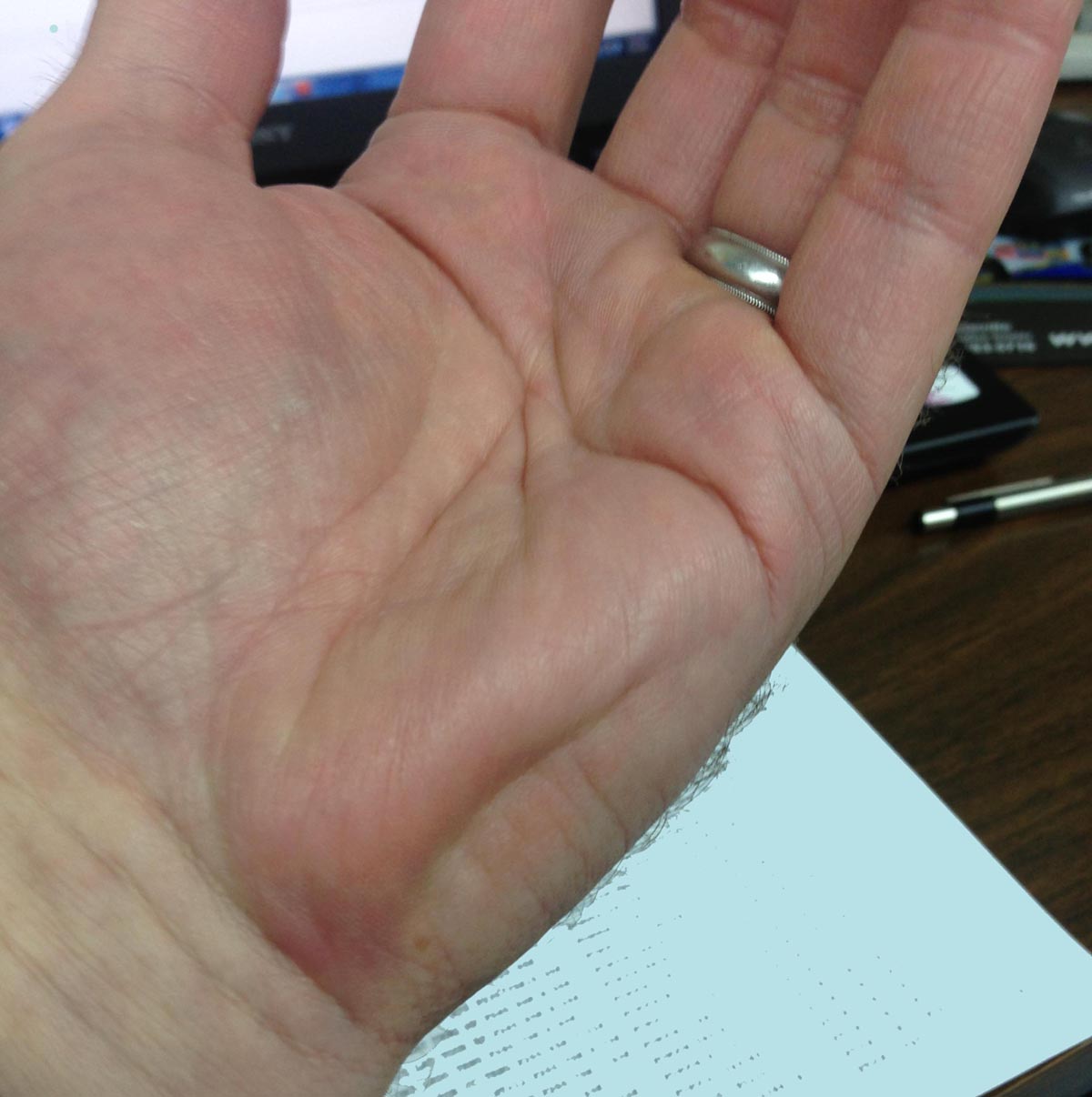
What is a Muscle Cramp?
Musclecramps occur mostly when moving, or due to activity that can cause muscle contraction. This is what constitutes as leg cramp. Pain is often a byproduct of such involuntary contractions. The muscles that can be frequently affected by cramping include the calf, which is a muscle that crosses the knee and ankle, quadriceps and hamstrings, which both cross the knee and hip.
Bedtimecramping is also a frequent occurrence. Successful treatment of this malady involves stretch exercises and treatment of the symptoms that cause it, such as muscle fatigue. This fatigue is a product of prolonged exercise routines which can exhaust and cause the body to be tired.
Methods of Muscle Cramp Treatment
It is not advised to move the afflicted limb when exercising, in order to avoid future pain. A gentle massage should be applied to alleviate the pain. External assistance may be required to perform this massage, which should be applied with smoothness and with movement in a circular fashion. Natural massage oils can be applied to relieve pain.
A variety of stretching exercises exist that can be performed prior or during to any sort of gym exercise. Affected muscles and joints can be stretched out to relax them while doing these exercises, reducing the chance of cramps to suddenly occur by a large margin. Stretch slowly and do not jump too much; keep the exercise simple and listen to advices from doctors and trainers.
Warm water usually helps alleviate the cramps by relaxing the muscles, as does the application of ice to the affected area. This is not a cure, but will certainly help against the pain.
Treatment for Leg Cramps
Drinkinglarge quantities of water is essential for stimulating the body’s natural healing and eliminating the risk of dehydrating. Some painful leg cramps occur due to dehydration, so drinking enough water every day is necessary for reducing the risk of muscle cramps as well as alleviating any symptoms you may be experiencing already. Habitual hydration is strongly recommended.
Potassium,calcium and magnesium can be particularly beneficial in helping against cramps, so eating foods rich in these substances, such as potatoes, tomatoes, citrus fruits and bananas, aids in the rehabilitation process.
These above rules are easy to abide by in everyday life, and certainly help prevent leg cramps, but frequent cramping is a cause to see a professional for a proper treatment. This is indicative of more complicated problems such as kidney disease, diabetes or anemia.






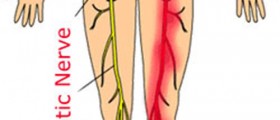

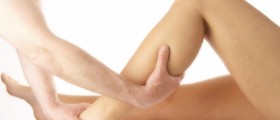



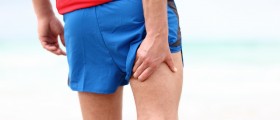



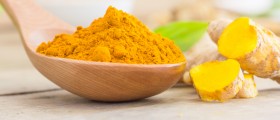
Your thoughts on this
Loading...